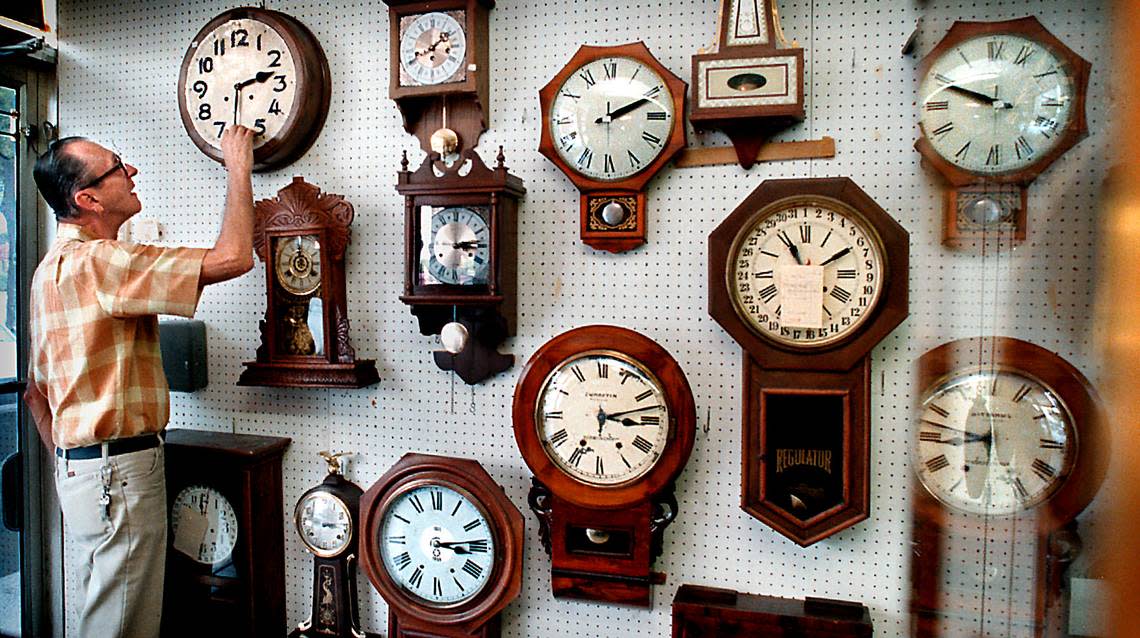It’s time to turn our clocks back again. Is this the last time we’ll do that in Florida?

We’re about to fall back again.
Daylight saving time in South Florida, which began March 13, ends on Sunday, Nov. 6. That means when the clocks turn back an hour, it’ll be darker earlier in the evening. But for kids getting ready for school or adults on an early commute to work, it’ll be lighter in the early morning.
Whether you love or hate the time change, we all have one thing in common: We’ll gain an hour’s sleep. The bad news: We’ll give that extra hour of shut-eye right back when we spring ahead next year.
When we turn the clocks back on Nov. 6, sunset in Miami will be around 5:30 p.m. and sunrise will change to around 6:30 a.m. (Tip: Turn your clocks back an hour before going to sleep on Saturday night, Nov. 5.)
A plan to ‘lock the clock’
Weren’t we supposed to see the back-and-forth of time go away? It’s true the issue has come up in the state Legislature and Congress.
In 2018, Florida lawmakers voted to “lock the clock” in 2018. The “Sunshine Protection Act” would make daylight saving time permanent. But the U.S. Congress needs to approve for the hands of time to freeze. Earlier this year, the Senate unanimously passed Sen. Marco Rubio’s bill to end the twice-a-year practice of springing forward or falling back by an hour after 2023. It’s now in the hands of the House.
Why we have turned back the clock
Daylight saving time is all about a desire to save energy by extending sunlight later in the day during spring and summer.
A study conducted by the U.S. Department of Energy found that the four-week extension of daylight saving time in 2008 saved about 0.5% of the nation’s electricity per day, or 1.3 trillion watt-hours —which is enough to power 100,000 households for an entire year.
Studies have also shown that the extra hour of daylight has resulted in safer roads, lower crime rates and economic benefits.
Critics, however, say more dark mornings could lead to grogginess for commuters and parents who drive their children to school, especially in the winter months.
Other concerns about daylight saving time included disruptions to harvesting schedules for farmers, interference with religious observances based on solar and lunar time, and potential delays in reworking computer systems programmed to switch twice a year.
Benjamin Franklin is often credited with the daylight saving time idea. Franklin wrote a 1784 essay about it as a way to conserve the need for lamp oil, while New Zealand entomologist George Hudson came up with the modern-day concept in 1895, so he had more daylight to look for bugs.
But the idea didn’t gain traction among U.S. lawmakers until World War I, and then in World War II as a wartime measure.

 Yahoo Movies
Yahoo Movies 
